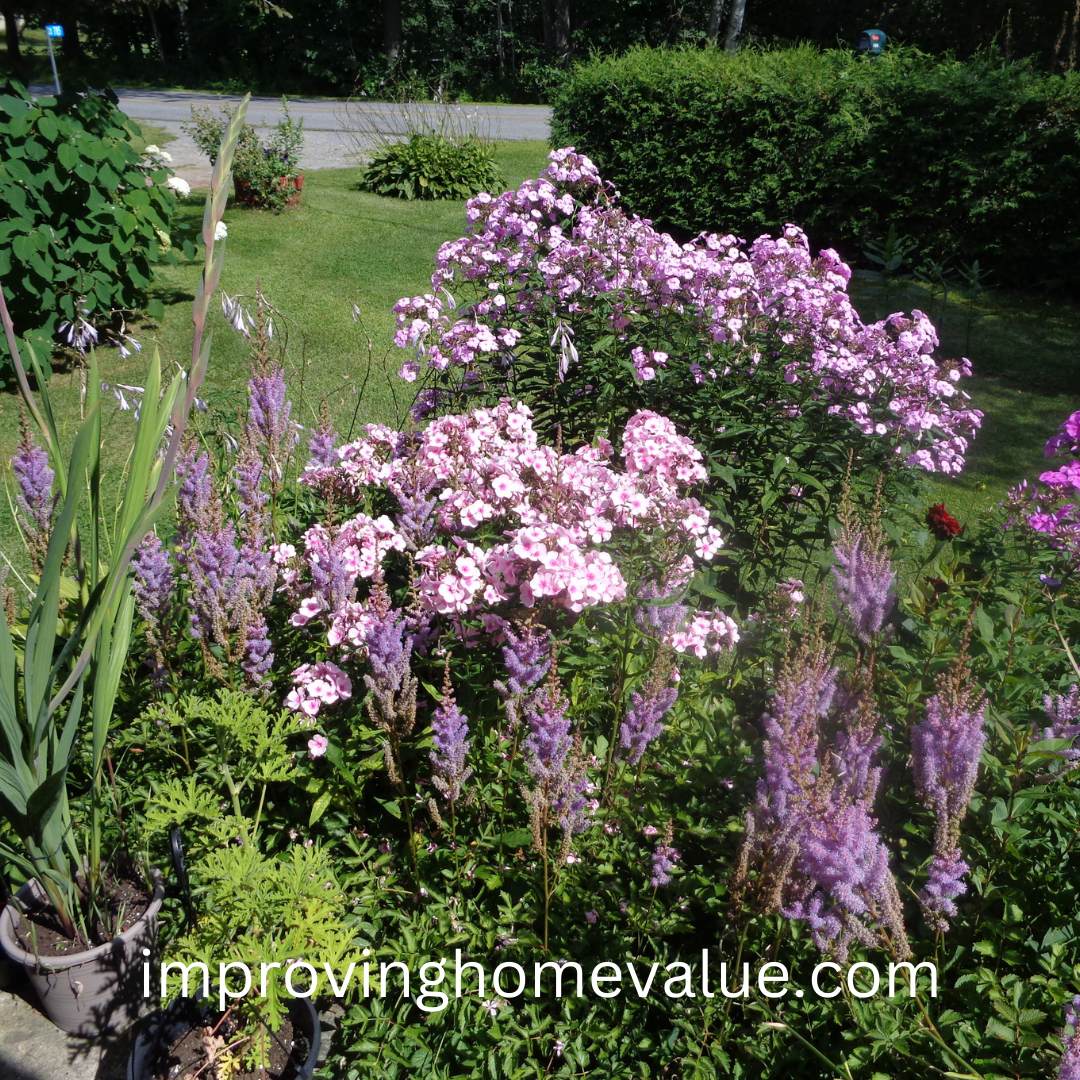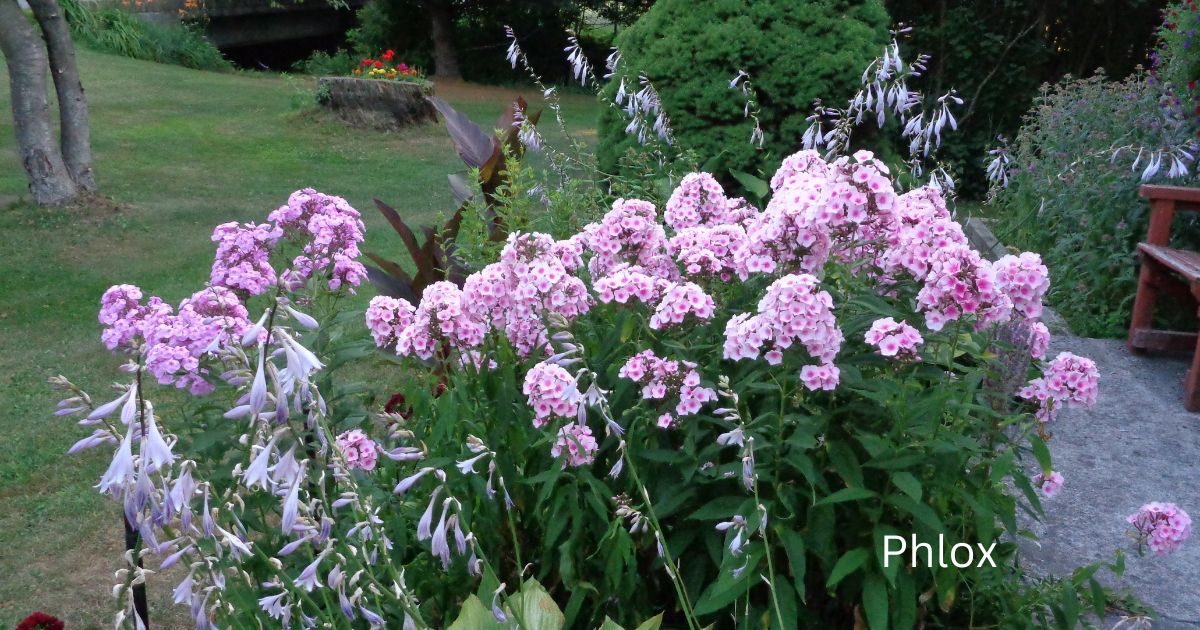Phlox is a gardener’s delight, bringing a splash of color and charm to any garden. Whether you’re a seasoned green thumb or just getting started, phlox can be a versatile addition to your garden. There are several varieties out there, each with its own unique set of characteristics, making it easy to find the perfect fit for your space.
First off, let’s get into the nitty-gritty of soil. Phlox isn’t too picky, but they do have their preferences. They thrive best in well-drained soil that’s rich in organic matter. If your garden soil is a bit lacking, mix in some compost or well-rotted manure to create a more hospitable environment for your plants.
When it comes to light, phlox are sun lovers. They grow their best blooms with a good amount of sun, ideally six hours or more a day. However, some varieties can tolerate a bit of shade, so if your garden has a mix of sunny and shady spots, there’s a phlox variety out there for you.
Watering is another key aspect. Phlox likes consistent moisture, especially during the growing season. However, they don’t appreciate soggy soil. The best practice is to water them deeply but infrequently, allowing the soil to dry out slightly between waterings. This will help prevent issues like root rot and keep your plants healthy.
To sum it up, understanding the basics of phlox is crucial to making the most out of these lovely plants. From the right soil and light to proper watering techniques, a little bit of knowledge goes a long way.
Gardening With Phlox: Expert Tips and Techniques
Phlox is not just about planting and letting nature take its course. There are a few tips and techniques to ensure your phlox garden thrives and stays vibrant throughout the season.
Getting the timing right for planting is crucial. For most varieties, early spring or fall is ideal when the weather is milder. This helps the plants establish roots without the stress of extreme temperatures. Dig a hole that’s twice as wide as the root ball and just as deep, set your plant in, fill it back with soil, and give it a good water. Easy enough!
Once your phlox is planted, keeping an eye on dead flowers is key. Pinching off spent blooms encourages the plant to produce more flowers, keeping your garden looking fresh for longer. This simple trick can lead to a second round of blooms later in the season.
Phlox comes in a variety of heights, from low-growing ground covers to tall, striking stalks. Use these variations to create layers in your garden. Low-growing types can fill in borders, while taller phlox can add height and structure to your flower beds.
Speaking of variety, the color options with phlox are amazing. From soft pastels to vibrant reds and purples, there’s something to suit every garden palette. Mixing and matching different colors can create stunning visual effects. Think about a color scheme that complements your overall garden design.
Watch out for pests and diseases, too. Common culprits include powdery mildew and spider mites. Regularly check your plants for any signs of trouble, and deal with them promptly. A good neem oil spray can work wonders in keeping pests at bay without harming your plants.

Ensuring a Thriving Phlox Garden All Year Round
Maintaining a phlox garden means staying proactive and attentive throughout the year. Regular maintenance goes a long way in ensuring your plants stay healthy and vibrant.
Start with seasonal care routines. In spring, fresh mulch can help retain moisture and fend off weeds, while summer calls for regular deadheading and checking for pests. Come fall, it’s time to cut back stems and clear fallen leaves to prevent disease, prepping your garden for the next growing season.
Fertilization is another critical aspect. Phlox benefits from a balanced, slow-release fertilizer applied in early spring. This fuels growth and flower production. Avoid over-fertilizing, as this can lead to more foliage than flowers. Stick to the recommended amounts and your phlox will thank you with gorgeous blooms.
Keeping an eye on your plants for signs of distress is important. Wilting leaves, discoloration, or stunted growth could indicate problems like nutrient deficiencies or pest infestations. Address issues early to keep your garden in top shape.
Adopting sustainable gardening practices can benefit your phlox in the long run. Simple strategies like rainwater harvesting, using organic mulch, and practicing crop rotation can enhance your garden’s health and yield while being kind to the environment.
All in all, maintaining a thriving phlox garden requires some dedication, but the rewards are well worth the effort. With regular care, your garden will be bursting with color and life all year long.
